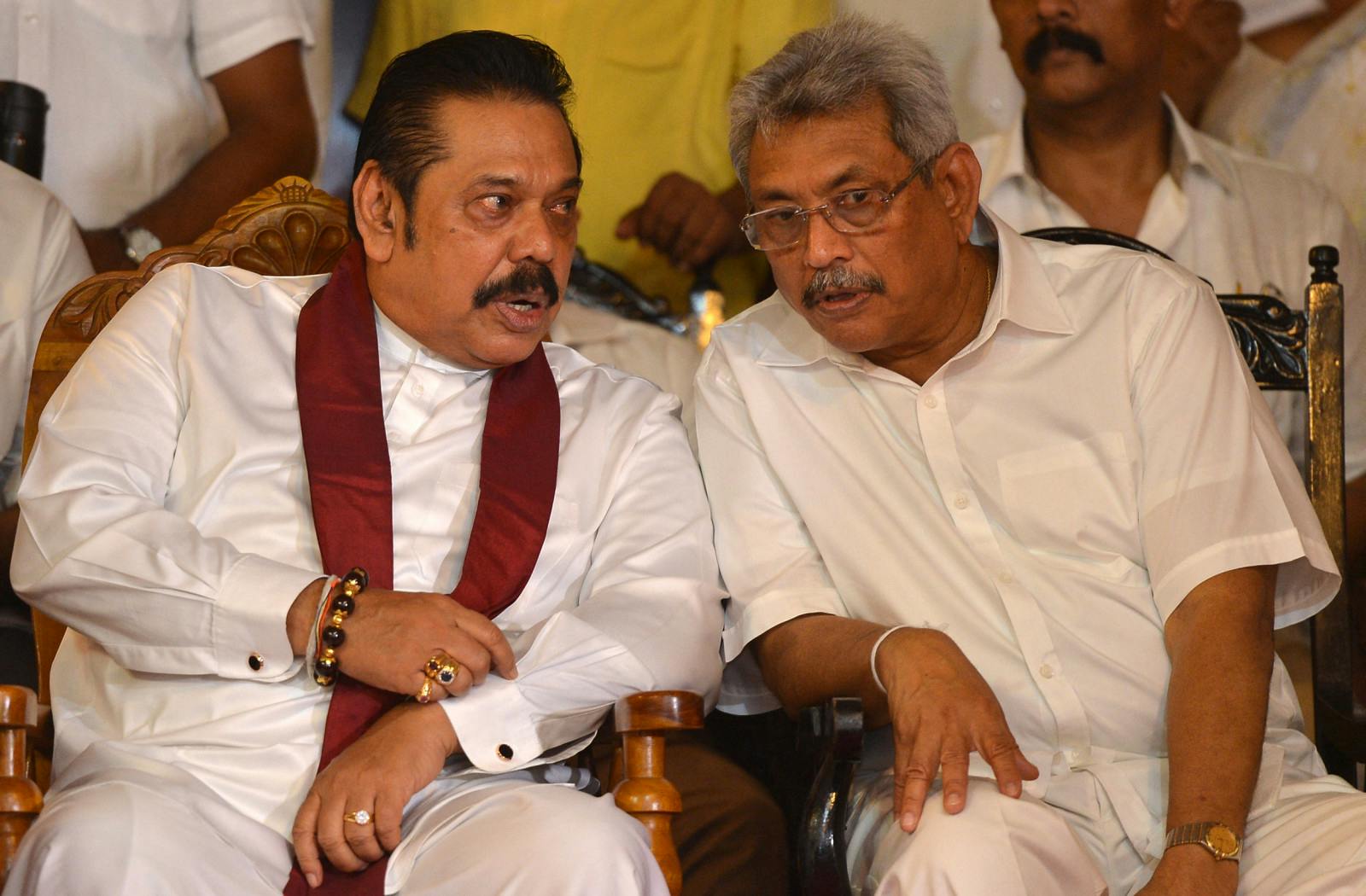How the Rajapaksas Lost Sri Lanka
The family held positions in the island nation’s government for 15 years but are now ousted and on the run.
Sri Lankan President Gotabaya Rajapaksa fled the country with his wife earlier this week, boarding a plane to Male, the capital of the Maldives, with a potential final destination of the United Arab Emirates (U.A.E.). His departure marked the dramatic end of his family’s 15-year dynasty in Sri Lanka. Amid a spiraling economic crisis, leaving residents without essentials including food and fuel, Gotabaya, along with all six of his relatives in bureaucratic positions — brothers Mahinda, Basil, Chamal and nephews Namal, Yoshitha, and Shasheendra Rajapaksa — have resigned.
Gotabaya’s resignation comes after significant public backlash. On July 9, protesters stormed Gotabaya’s and Prime Minister Ranil Wickremesinghe’s private residences, swam in the private pool, and chanted “Gota Go Home” to demand the president’s exit. Three years ago, when Gotabaya defeated Sajith Premadasa, the leader of the center-right United National Party (UNP), to win the 2019 election by 10 percentage points, this scene was unimaginable. Even experts were reeling from the unexpected outcome.
“I couldn’t have predicted what happened in the past week,” said Daniel Bass, adjunct professor and manager of the South Asia Program at Cornell University. “I can’t even try to predict what will happen tomorrow, or the next week, or the next month.”
So how did public backlash finally oust this ruling family, which has had a stronghold over the island nation for several years?
